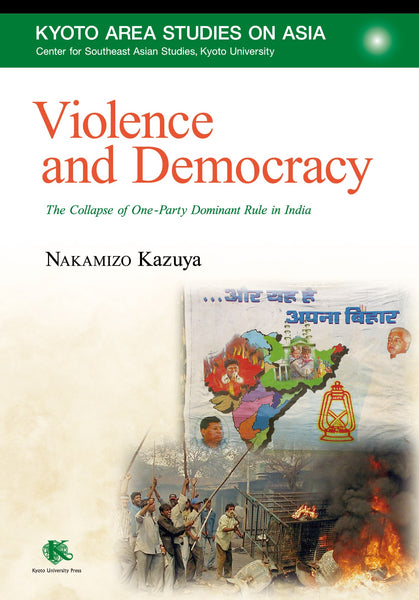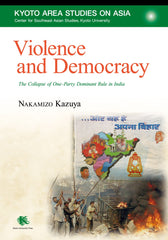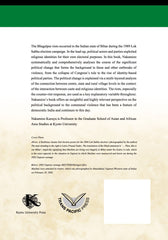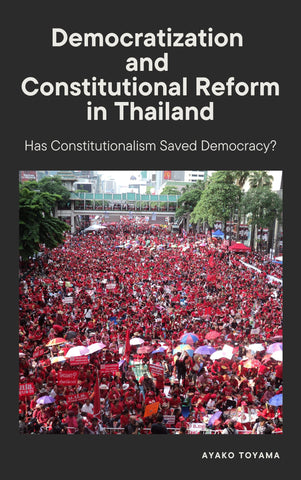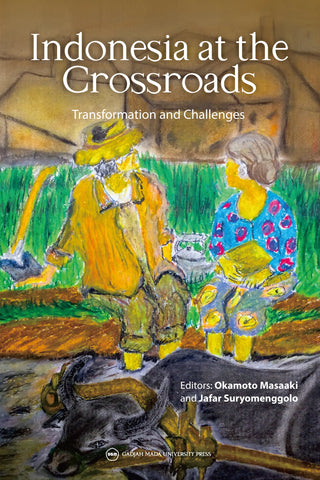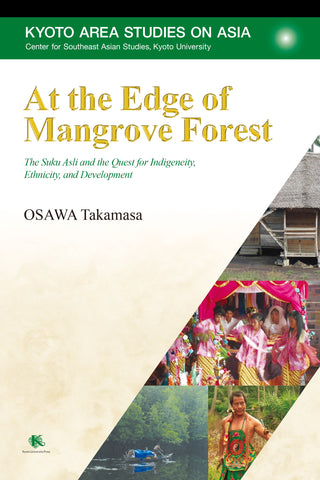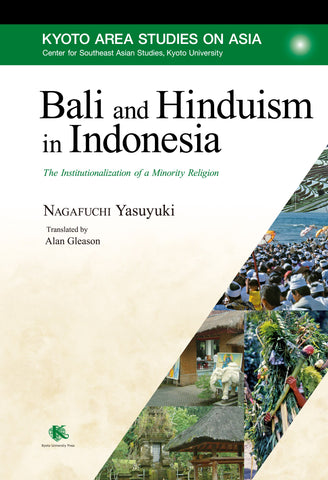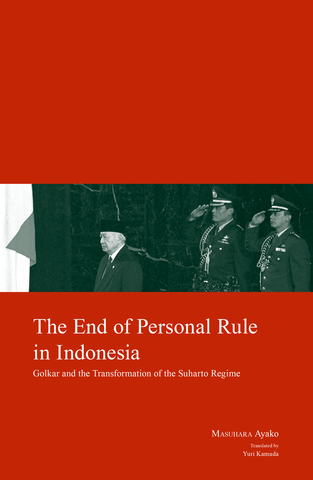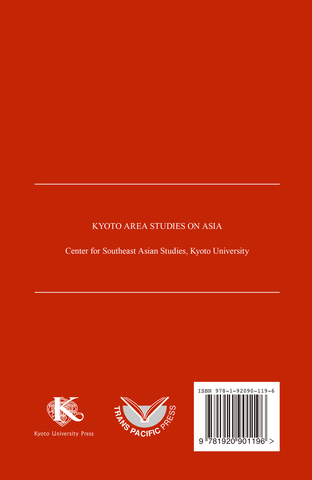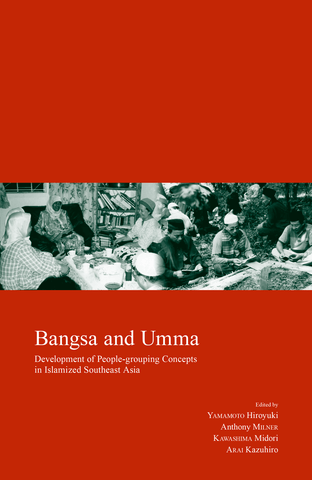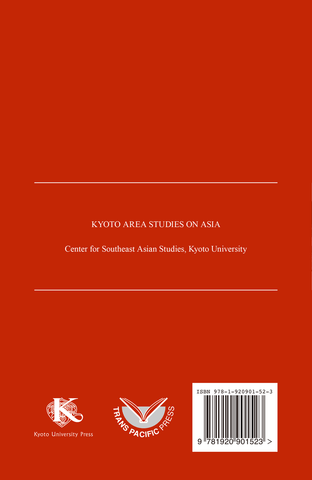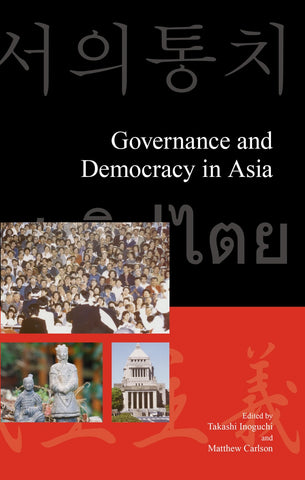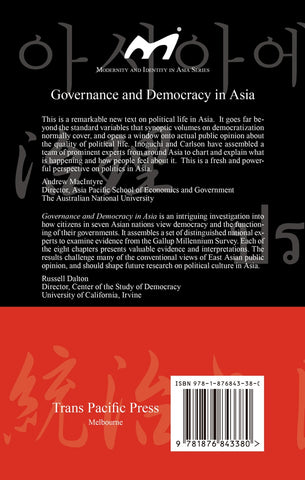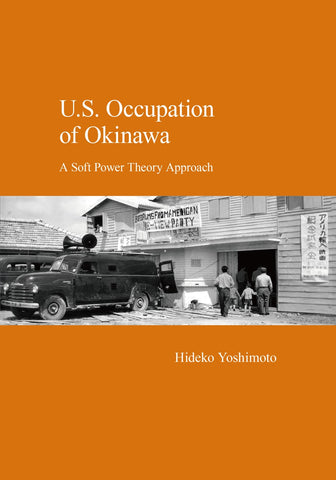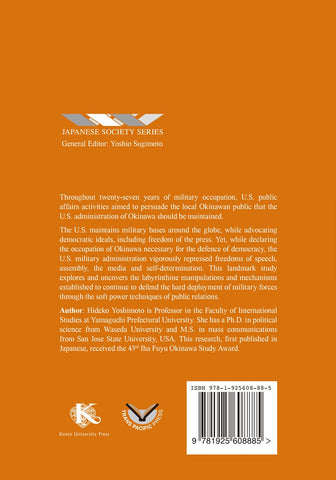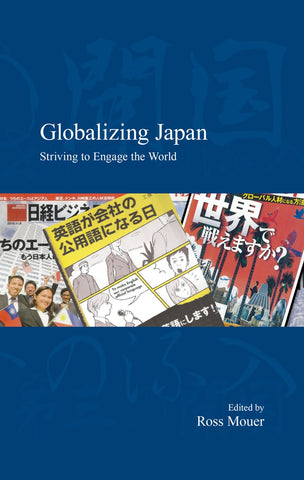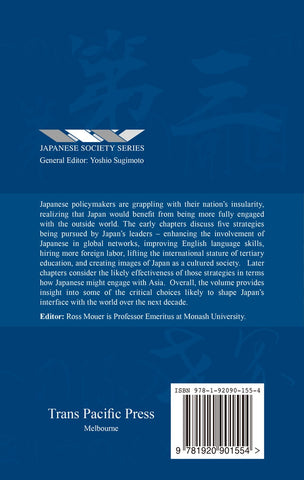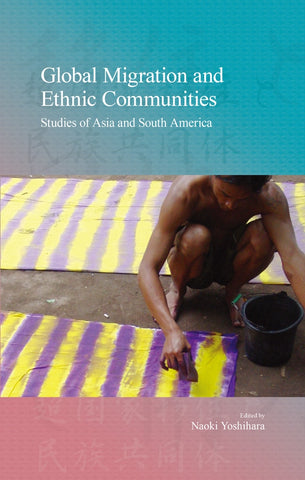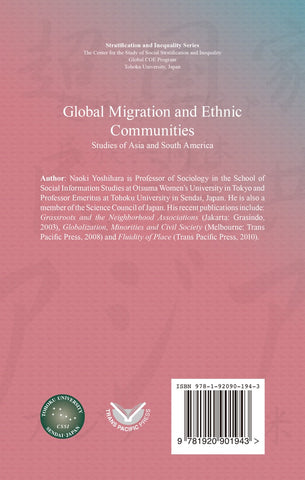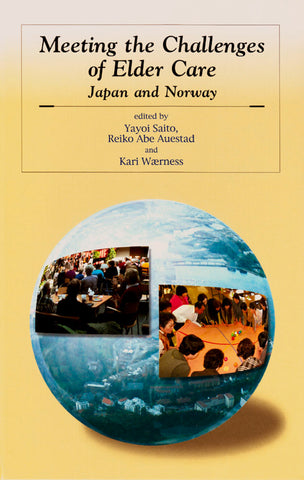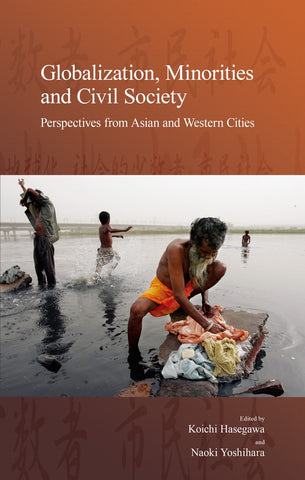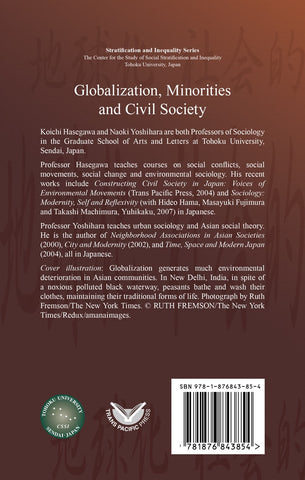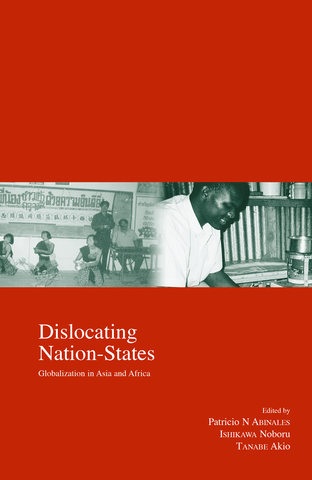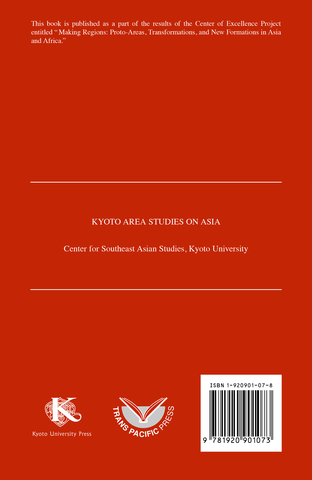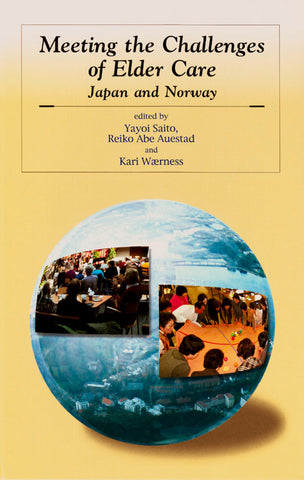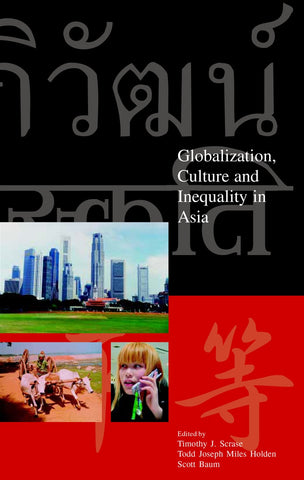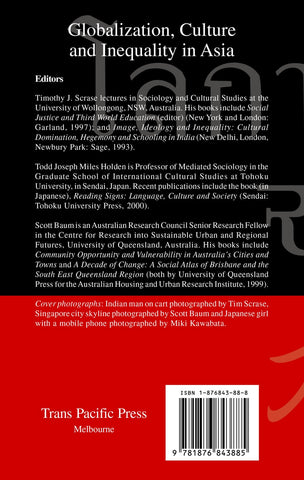Violence and Democracy
Many In Stock
The Bhagalpur riots occurred in the Indian state of Bihar during the 1989 Lok Sabha election campaign. In the lead-up, political actors and parties exploited religious identities for their own electoral purposes. In this book, Nakamizo systematically and comprehensively analyses the course of the significant political change that forms the background to these and other outbreaks of violence, from the collapse of Congress's rule to the rise of identity-based political parties. The political change is explained via a multi-layered analysis of the connection between centre, state and rural village levels in the context of the interaction between caste and religious identities.The riots, especially the counter-riot response, are used as a key explanatory variable throughout. Nakamizo's book offers an insightful and highly relevant perspective on the political background to the communal violence that has been a feature of democratic India and continues to this day.
Awards
The 24th Asia-Pacific Award - Special Award Winner (2012)
The 3rd Award of Area Studies Consortium – Best Research Work Award (2013)
About Editors and Authors
NAKAMIZO Kazuya is Professor in the Graduate School of Asian and African Area Studies, Kyoto University. He specializes in contemporary Indian politics, South Asian area studies, political science and international political science. He was born in Fukuoka Prefecture and received a Doctor of Law from the University of Tokyo. His research explores the possibilities for democracy in terms of solving poverty and violence. He has focused on Indian politics, largely within a theoretical framework, especially on the state of Bihar known for widespread poverty and violence.
Table of contents
Figures
Tables
Preface
Introduction
1 Violence and Democracy
2 The Structure of Congress's Rule
3 Discontent Among Backward Castes
4 The Increasing Prosperity of the Backward Castes
5 Religion and Riots
Show More >
Figures
Tables
Preface
Introduction
1 Violence and Democracy
2 The Structure of Congress's Rule
3 Discontent Among Backward Castes
4 The Increasing Prosperity of the Backward Castes
5 Religion and Riots
6 The 1989 Lok Sabha Election as a Watershed
7 The Emergence of a Competitive Multi-Party System
Conclusion
Supplementary Notes
Notes
Bibliography
Geographical Name Index
Personal Name Index
Subject Index
< Show Less
